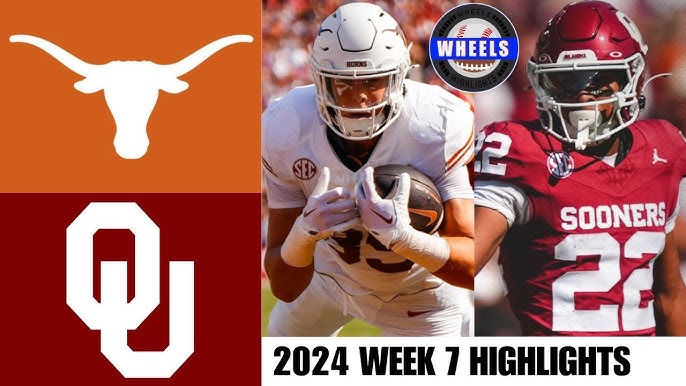Oklahoma vs Texas: A Comprehensive Comparison of Two Iconic States
When considering a comparison between Texas vs Oklahoma, it is essential to understand how these two iconic states differ and what they have in common. Both regions are known for their rich history, distinct cultures, and significant economic contributions. In this blog post, we will explore various aspects such as geography, economy, culture, and education, providing insights that highlight the strengths of each state.
The Geographical Landscape
Texas is famously known for its vastness, being the second-largest state in the United States and covering around 268,596 square miles. In contrast, Oklahoma spans about 69,899 square miles, making it significantly smaller but equally diverse in its geographical features.
Texas boasts a variety of landscapes, from coastal plains and rolling hills to deserts and forests. In fact, it has over 600 miles of coastline along the Gulf of Mexico, making it a hub for both tourism and shipping. Oklahoma, on the other hand, is characterized by its stunning plains, hills, and forests. The state is also notable for hosting part of the famous Route 66, attracting thousands of visitors annually.
Economic Overview
In terms of economy, Texas often leads the way with a gross state product of around $2 trillion, making it one of the largest economies in the world. The state is home to numerous Fortune 500 companies and has a robust job market fueled by a mix of industries ranging from oil and natural gas to technology and agriculture.
Oklahoma’s economy is more modest but has shown significant growth, particularly in sectors such as aviation, energy, and agriculture. Agriculture plays a vital role in Oklahoma’s economy, with the state ranking among the top producers of wheat, cattle, and poultry in the nation. Moreover, Oklahoma’s advantageous location offers transportation benefits, connecting it seamlessly with major markets.
Cultural Heritage and Influence
When comparing Oklahoma and Texas, their cultures showcase unique influences shaped by their histories. Texas, recognized for its deep-rooted cowboy culture and Tex-Mex cuisine, has a dynamic music scene that includes country, rock, and blues.
Oklahoma’s culture is heavily influenced by Native American heritage, with 39 tribes calling the state home. The state celebrates this rich history through various festivals and events, such as the annual Red Earth Festival, which showcases Native American art and culture.
Both states are known for their hospitality and friendliness, as the Southern hospitality ethos runs strong throughout. Visitors to both states often remark on the warm welcomes they receive, making their experiences even more enjoyable.
Educational Institutions
Regarding education, Texas is home to some of the largest and most prestigious universities in the nation, such as The University of Texas at Austin and Texas A&M University. These institutions not only provide excellent educational opportunities but also contribute significantly to the research landscape in the U.S.
Oklahoma also has notable universities, including the University of Oklahoma and Oklahoma State University, which are known for their research programs and contributions to education in fields such as engineering, health, and agriculture.
Entertainment and Recreation
For entertainment, Texas is famous for its music festivals like South by Southwest (SXSW) and its vibrant nightlife in cities like Austin and Dallas. Sports play an essential role in the Texas culture, with the Dallas Cowboys representing a powerhouse in the NFL.
Oklahoma, while smaller, companies like the Oklahoma City Thunder NBA team have garnered significant followings. The state is also known for its beautiful parks and outdoor spaces, making it perfect for those who enjoy hiking, fishing, and exploring nature. With countless lakes and rivers, Oklahoma offers ample opportunities for water recreation.
Comparing the Future Prospects
As we look ahead, both Texas and Oklahoma are positioned for continued growth. Texas, with its strong economy and population influx, is likely to maintain its status as a leader in various industries. In contrast, Oklahoma’s efforts in diversifying its economy and investing in technology and education signal promising developments for the future.
Furthermore, the increasing trends toward remote work and digital solutions provide both states with opportunities to innovate and enhance their business landscapes. Collaboration between businesses in Oklahoma and Texas is likely to foster economic growth and cultural exchanges in the years to come.
Conclusion
In conclusion, comparing Oklahoma vs Texas reveals a rich tapestry of contrasts and similarities that make both states appealing. While Texas boasts a larger economy and varied landscapes, Oklahoma shines with its cultural diversity and welcoming communities. Understanding these differences and appreciating the unique qualities of each state can lead to better collaboration and mutual growth in the future. Explore more about this comparison in detail through this (https://www.youtube.com/watch?v=6-3iqG-wmNs).






